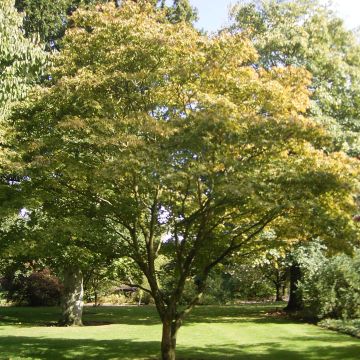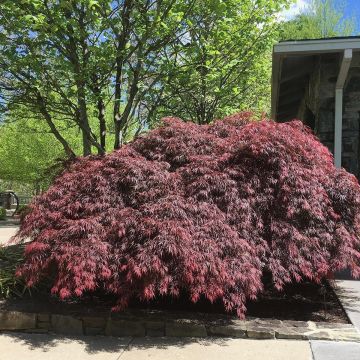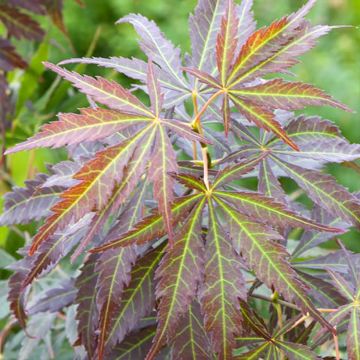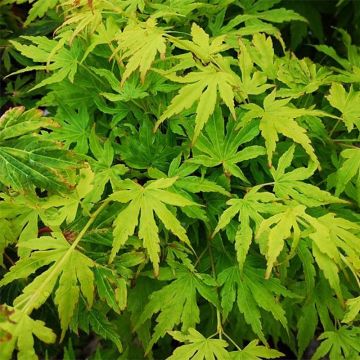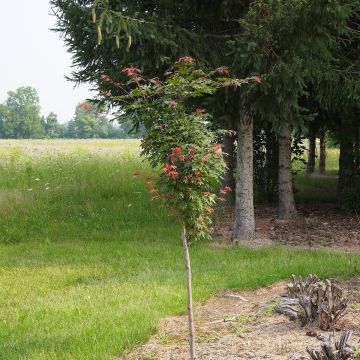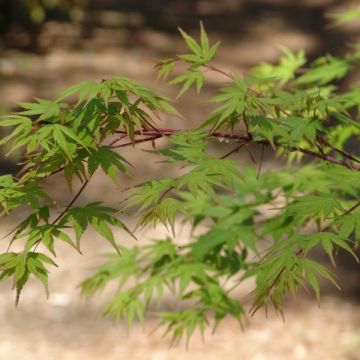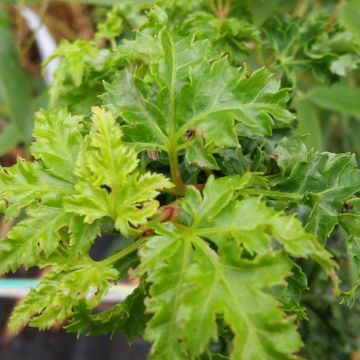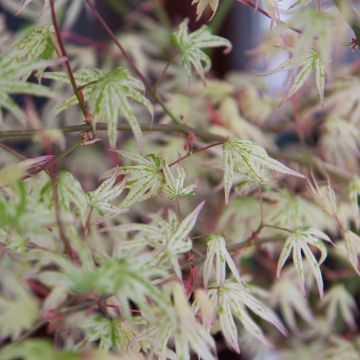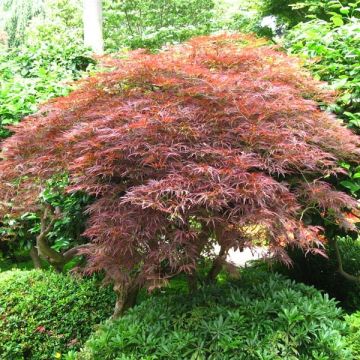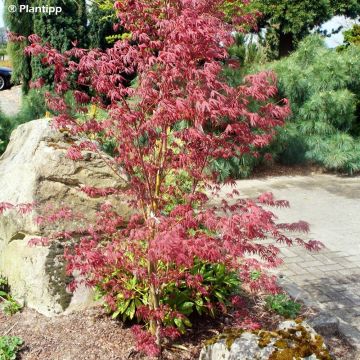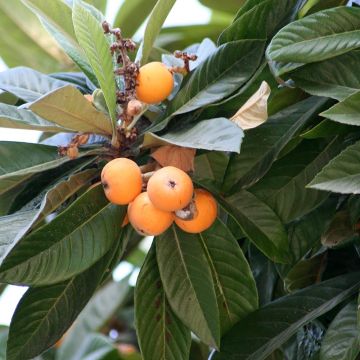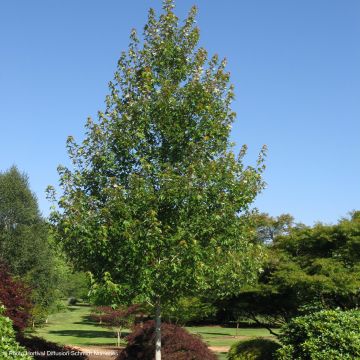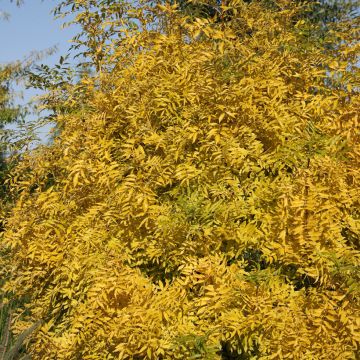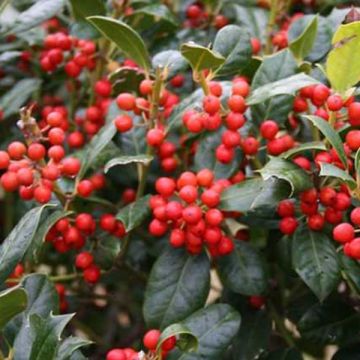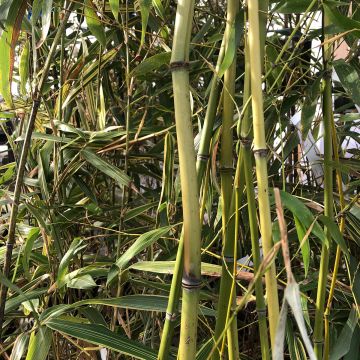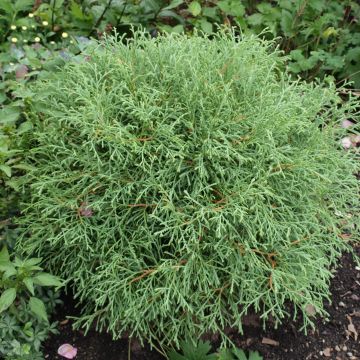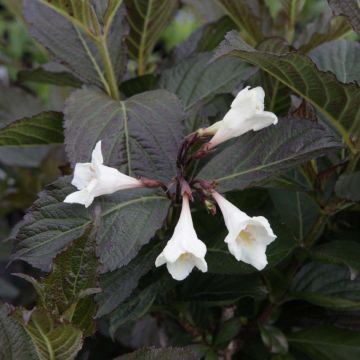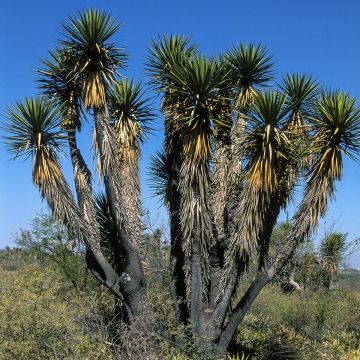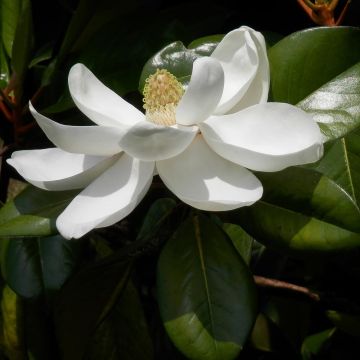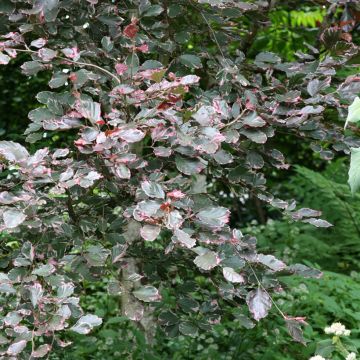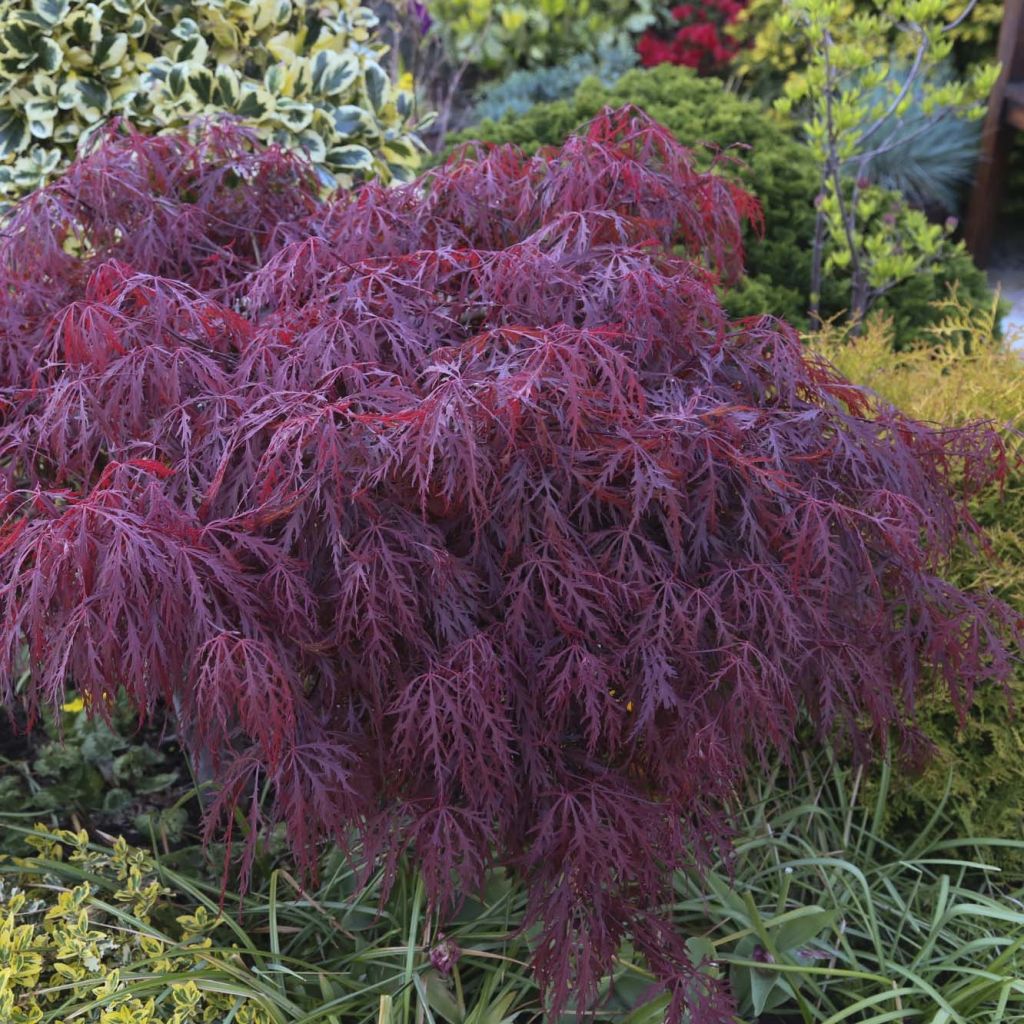

Acer palmatum susbp. dissectum Crimson Queen - Japanese Maple
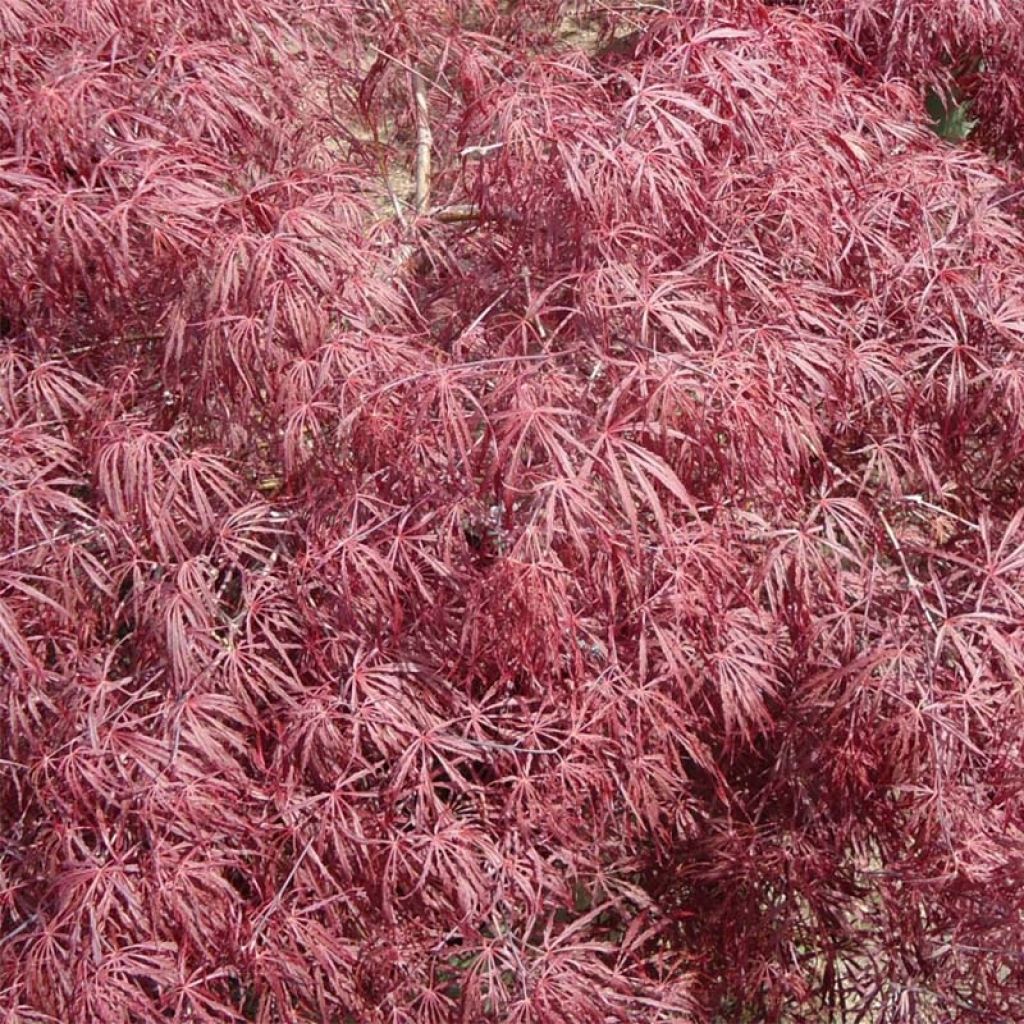

Acer palmatum susbp. dissectum Crimson Queen - Japanese Maple
Acer palmatum susbp. dissectum Crimson Queen - Japanese Maple
Acer palmatum var. dissectum Crimson Queen
Japanese maple
The bush has recovered well, it just suffered during the hot days of August.
pascal, 07/10/2024
This item cannot be shipped to the selected country
Delivery charge from €5.90
Delivery to Corse prohibited
More information
Schedule delivery date,
and select date in basket
This plant carries a 24 months recovery warranty
More information
We guarantee the quality of our plants for a full growing cycle, and will replace at our expense any plant that fails to recover under normal climatic and planting conditions.
From €5.90 for pickup delivery and €6.90 for home delivery
Express home delivery from €8.90.
Delivery to Corse prohibited: UE law prohibits the import of this plant from mainland France to Corse as part of the fight against Xylella fastidiosa. Please accept our sincere apologies.
More information
Does this plant fit my garden?
Set up your Plantfit profile →
Description
Acer palmatum ssp. dissectum 'Crimson Queen' is a rather fantastic Japanese maple, both in terms of its beauty and ease of cultivation. It is a small tree with an almost weeping habit, which widens over time. Its feathery foliage retains a beautiful red hue from spring until autumn, without any trace of green in summer. Its growth is more vigorous and abundant than that of other comparable varieties. The 'dissectum' group of maples are robust plants that show better tolerance to heat and sun, and 'Crimson Queen' is no exception.
Acer palmatum 'Dissectum' is native to eastern China, Korea, and Japan. It belongs to the Sapindaceae family. The 'Crimson Queen' cultivar is a horticultural creation that carries its genes. It is a deciduous, hardy, and relatively fast-growing small tree for a Japanese maple. It develops a single trunk supporting a rounded and spreading crown over time, which is relatively dense, and supported by flexible and slender branches of a reddish-brown colour. Eventually, it will reach approximately 2.5 m (8.2 ft) in height and 3 m (9.8 ft) in width, depending on the growing conditions. Its laciniate foliage is composed of palmate leaves, measuring 5 cm to 8 cm (2 in to 3.1 in) long, deeply divided into 5 to 7 finely cut lobes with strongly toothed edges. Their colour changes from light red, to dark purple, then turns to scarlet red tinged with orange in autumn before falling. The reddish flowers grouped in small clusters in April are insignificant, but the 3 cm (1.2 in) long fruits with recurved wings are interesting from September.
'Crimson Queen' makes an incredible focal point when planted in a semi-shaded lawn or in ericaceous beds alongside azaleas, pieris, rhododendrons, hydrangeas, and heathers. It can also form a magnificent bonsai to be cultivated in a flat pot. Despite its delicate appearance, this small tree is robust and accommodating, requiring only light and well-drained, slightly acidic to slightly alkaline soil, and occasional watering during dry periods. Diseases such as Verticillium (caused by a fungus) are more likely to develop in constantly moist substrates than in sporadically dry ones. It should be noted that this variety performs well in hot climates if the tree is placed away from scorching sun and sheltered from the wind.
Report an error about the product description
Acer palmatum susbp. dissectum Crimson Queen - Japanese Maple in pictures
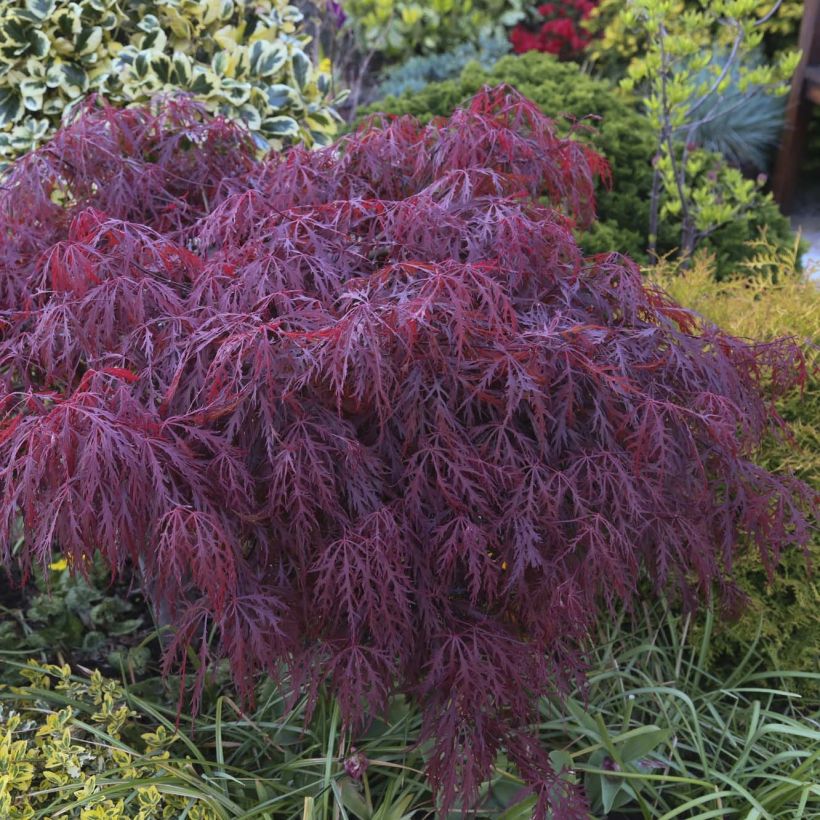

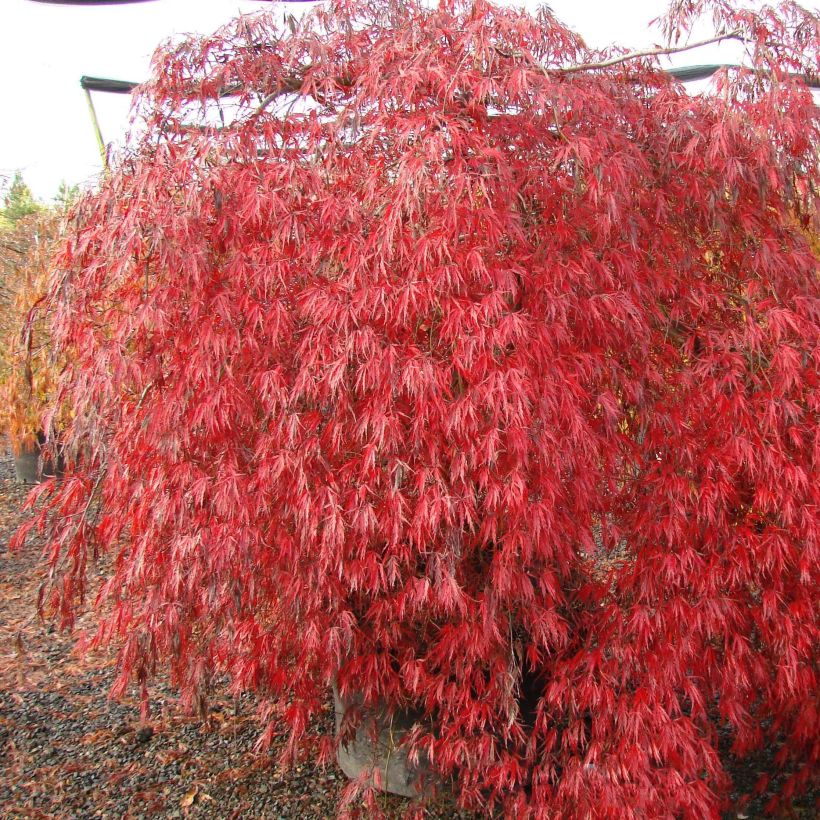

Plant habit
Flowering
Foliage
Botanical data
Acer
palmatum var. dissectum
Crimson Queen
Aceraceae
Japanese maple
Cultivar or hybrid
Other Japanese Maples
Planting and care
Plant in spring or autumn in preferably slightly acidic, moist but not wet, deep, loose and well-drained soil, in a semi-shaded position, even shaded, and sheltered from cold and dry winds. However, this Japanese maple is one of the few that can tolerate dry air, heat, and sun (in cool soil and climates) and adapts well to slightly limestone soils and occasionally dry in summer. Under hot climates, place it in an east or north-east exposure. The Verticillium disease, which affects many Japanese maples, will develop less easily in substrates that dry out between two waterings, which this variety tolerates well. Apply a significant amount of organic matter every 3 years to ensure a good humus content in the soil. Mulch the soil if necessary and spray the foliage in the evenings during hot weather. Winter pruning is limited to balancing the branches. Treat against scale insects and Verticillium.
Planting period
Intended location
Care
-
, onOrder confirmed
Reply from on Promesse de fleurs
Striking foliage shrubs
Haven't found what you were looking for?
Hardiness is the lowest winter temperature a plant can endure without suffering serious damage or even dying. However, hardiness is affected by location (a sheltered area, such as a patio), protection (winter cover) and soil type (hardiness is improved by well-drained soil).

Photo Sharing Terms & Conditions
In order to encourage gardeners to interact and share their experiences, Promesse de fleurs offers various media enabling content to be uploaded onto its Site - in particular via the ‘Photo sharing’ module.
The User agrees to refrain from:
- Posting any content that is illegal, prejudicial, insulting, racist, inciteful to hatred, revisionist, contrary to public decency, that infringes on privacy or on the privacy rights of third parties, in particular the publicity rights of persons and goods, intellectual property rights, or the right to privacy.
- Submitting content on behalf of a third party;
- Impersonate the identity of a third party and/or publish any personal information about a third party;
In general, the User undertakes to refrain from any unethical behaviour.
All Content (in particular text, comments, files, images, photos, videos, creative works, etc.), which may be subject to property or intellectual property rights, image or other private rights, shall remain the property of the User, subject to the limited rights granted by the terms of the licence granted by Promesse de fleurs as stated below. Users are at liberty to publish or not to publish such Content on the Site, notably via the ‘Photo Sharing’ facility, and accept that this Content shall be made public and freely accessible, notably on the Internet.
Users further acknowledge, undertake to have ,and guarantee that they hold all necessary rights and permissions to publish such material on the Site, in particular with regard to the legislation in force pertaining to any privacy, property, intellectual property, image, or contractual rights, or rights of any other nature. By publishing such Content on the Site, Users acknowledge accepting full liability as publishers of the Content within the meaning of the law, and grant Promesse de fleurs, free of charge, an inclusive, worldwide licence for the said Content for the entire duration of its publication, including all reproduction, representation, up/downloading, displaying, performing, transmission, and storage rights.
Users also grant permission for their name to be linked to the Content and accept that this link may not always be made available.
By engaging in posting material, Users consent to their Content becoming automatically accessible on the Internet, in particular on other sites and/or blogs and/or web pages of the Promesse de fleurs site, including in particular social pages and the Promesse de fleurs catalogue.
Users may secure the removal of entrusted content free of charge by issuing a simple request via our contact form.
The flowering period indicated on our website applies to countries and regions located in USDA zone 8 (France, the United Kingdom, Ireland, the Netherlands, etc.)
It will vary according to where you live:
- In zones 9 to 10 (Italy, Spain, Greece, etc.), flowering will occur about 2 to 4 weeks earlier.
- In zones 6 to 7 (Germany, Poland, Slovenia, and lower mountainous regions), flowering will be delayed by 2 to 3 weeks.
- In zone 5 (Central Europe, Scandinavia), blooming will be delayed by 3 to 5 weeks.
In temperate climates, pruning of spring-flowering shrubs (forsythia, spireas, etc.) should be done just after flowering.
Pruning of summer-flowering shrubs (Indian Lilac, Perovskia, etc.) can be done in winter or spring.
In cold regions as well as with frost-sensitive plants, avoid pruning too early when severe frosts may still occur.
The planting period indicated on our website applies to countries and regions located in USDA zone 8 (France, United Kingdom, Ireland, Netherlands).
It will vary according to where you live:
- In Mediterranean zones (Marseille, Madrid, Milan, etc.), autumn and winter are the best planting periods.
- In continental zones (Strasbourg, Munich, Vienna, etc.), delay planting by 2 to 3 weeks in spring and bring it forward by 2 to 4 weeks in autumn.
- In mountainous regions (the Alps, Pyrenees, Carpathians, etc.), it is best to plant in late spring (May-June) or late summer (August-September).
The harvesting period indicated on our website applies to countries and regions in USDA zone 8 (France, England, Ireland, the Netherlands).
In colder areas (Scandinavia, Poland, Austria...) fruit and vegetable harvests are likely to be delayed by 3-4 weeks.
In warmer areas (Italy, Spain, Greece, etc.), harvesting will probably take place earlier, depending on weather conditions.
The sowing periods indicated on our website apply to countries and regions within USDA Zone 8 (France, UK, Ireland, Netherlands).
In colder areas (Scandinavia, Poland, Austria...), delay any outdoor sowing by 3-4 weeks, or sow under glass.
In warmer climes (Italy, Spain, Greece, etc.), bring outdoor sowing forward by a few weeks.

































